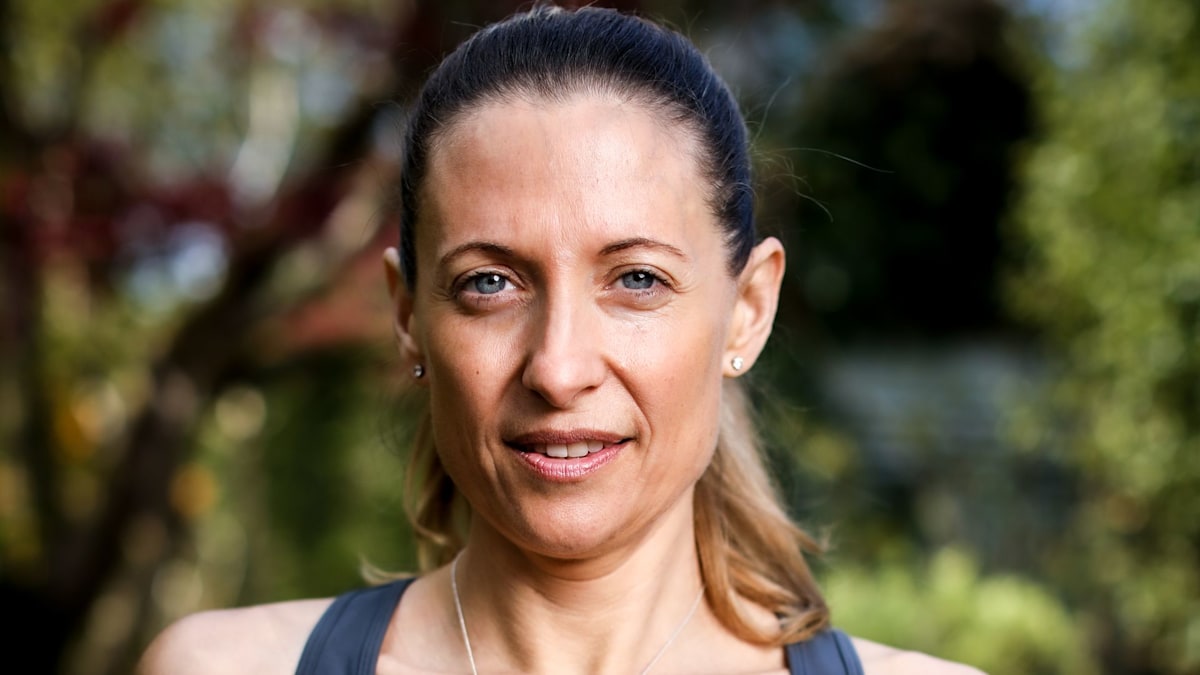The contemporary fitness landscape is frequently dominated by a singular aesthetic goal: achieving a ‘lean’ physique. Social media platforms, particularly Instagram and TikTok, amplify this narrative, inundating users with content promoting exercises purportedly designed to ‘tone’ muscles within remarkably short, often unrealistic, timeframes. This persistent notion of purely aesthetic ‘toning’ has become pervasive, yet it often undermines more foundational and beneficial approaches to physical health.
However, an expert voice is challenging this widespread misconception. Kate Rowe-Ham, a distinguished menopause fitness coach, firmly dispels the myth of muscle ‘toning,’ clarifying that muscles fundamentally either undergo hypertrophy (growth) or atrophy (shrinkage). What individuals commonly perceive as a ‘toned’ appearance is, in fact, the result of enhanced muscle definition, achieved through the development of lean muscle mass combined with a reduction in the superficial fat layer.
Kate Rowe-Ham emphasizes that while desiring increased definition is entirely valid, the fixation on ‘toning’ can be profoundly damaging, particularly in the context of women’s health. This misdirection diverts attention from the paramount importance of cultivating genuine physical strength. She asserts that the term itself fosters unrealistic expectations and can lead individuals down less effective pathways in their fitness journeys, perpetuating frustration rather than progress.
Strength, according to Rowe-Ham, extends far beyond mere visual appeal. It encompasses crucial aspects of functional movement, long-term physical resilience, and intrinsic self-assurance. Building and maintaining muscle mass through targeted strength training becomes increasingly vital as individuals age, safeguarding against sarcopenia and promoting overall well-being. This focus on functional strength offers tangible, enduring benefits that supersede fleeting aesthetic trends.
Crucially, achieving optimal muscle development is not solely confined to the gym; nutrition plays an indispensable role. Rowe-Ham unequivocally states, “you can’t out-train a poor diet.” Muscles are indeed stimulated and challenged during physical exertion, but their recovery and transformative growth occur primarily through proper dietary intake. Consuming a protein-rich diet, particularly post-workout, is essential to support muscle repair and synthesis, maximizing training efficacy.
Many individuals consistently engage in vigorous exercise yet express dissatisfaction with their progress, often due to an inadequate understanding of nutritional synergy. Rowe-Ham frequently observes that a shift from restrictive eating patterns to genuinely nourishing the body, with ample protein, fiber, and whole foods, dramatically alters outcomes. This holistic approach empowers the body to adapt and build muscle effectively, leading to visible and felt improvements.
For those aspiring to cultivate robust, well-defined muscles—a process of growth, not ‘toning’—the expert consensus points unequivocally towards progressive weight training. This method, undertaken with a deliberate focus on increasing strength, is the most effective pathway. Beginners need not feel intimidated; commencing with accessible tools like light dumbbells and integrating foundational exercises can provide a solid starting point for this transformative fitness journey.






Leave a Reply